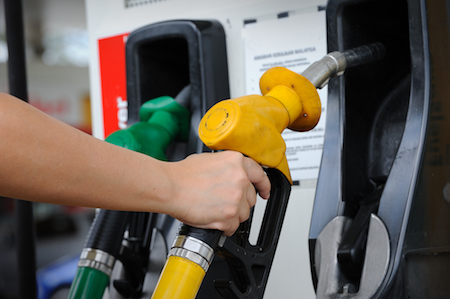Five Ways to Analyze Fleet Expenses with the Help of Your Fuel Card

It only takes a fleet manager a few steps to set up a fuel card account for their company. Once the fleet manager has decided that it’s time to utilize a fleet fuel card, has analyzed providers and settled on the perfect card, it’s possible to stop at setting up the account.
However, the right fleet fuel card can do more than help reign in spending habits. One of the greatest fuel card benefits is the ability to give managers a look into data points that were previously unavailable.
There is much data that is tied to fuel. Everyone cares the most about what fuel costs, but there is also logistical information that can be studied and translated into savings for the fleet.
Here are five ways to analyze fleet expenses using your fuel card.
Decide What to Track with a Fleet Fuel Card – Trucks or Drivers
Cards may be tied to drivers, or to trucks. The decision to chose one or the other is based in whether truck use is more important to manage, or whether a driver’s individual behavior is. In some cases, there may be a mix and match policy, depending on the circumstances of how certain vehicles are used, and what information is deemed most important to uncover.
- For example, a truck that stays in a fixed location but driven by many, such as a construction site or a mining operation, can be fueled with a single card that will offer data about how well the vehicle is performing, and at what times.
- If driver performance is to be optimized, say for inter-city truck drivers, these employees can be issued cards that will provide data about their spending and driving habits.
See What is Going Wrong in Your Vehicles
Look at the data to spot discrepancies, and keep an open mind about what these may indicate.
It could be traced to behavior of the driver, or an issue with a vehicle. If a vehicle is running poorly, it may show up in the card data and give you the opportunity to sniff it out and fix the problem.
Test Performance Enhancements
If performance enhancements are made on certain vehicles in a fleet, a great way to test them is by sending these trucks out into the field. You can then rate their fueling data against the rest of your control vehicles.
In this way a fleet manager can see the actual results of vehicle changes on a small scale, without committing an entire fleet to costly alterations that may bring poor results.
Discovering a More Optimal Route
Seeing the mileage and expenses accrue along a route may inspire a fleet manager to work on discovering an alternative. Using the fleet fueling data, as well as numbers of stops, it’s possible to devise a detour that will result in less fuel consumption.
Knowing the distance that drivers typically travel, how many drivers need the card, and if there are drivers who need to be tracked versus vehicles will help identify the optimal routes for fuel efficiency.
Find the Best Sources for Fuel
If you have your own in-house fueling station, now you can see how competitive it is by using your fuel card at retail stores.
Getting this data can help you best manage what kind of fuel to use and when. You can also utilize services that monitor local and national gas prices. Once you know which locations offer the best prices, you can build low cost refueling stops into your routes.
For more information about what benefits you can get with a Fuelz card, call our dedicated helpline – 855-GO-FUELZ or fill out a contact form today!
